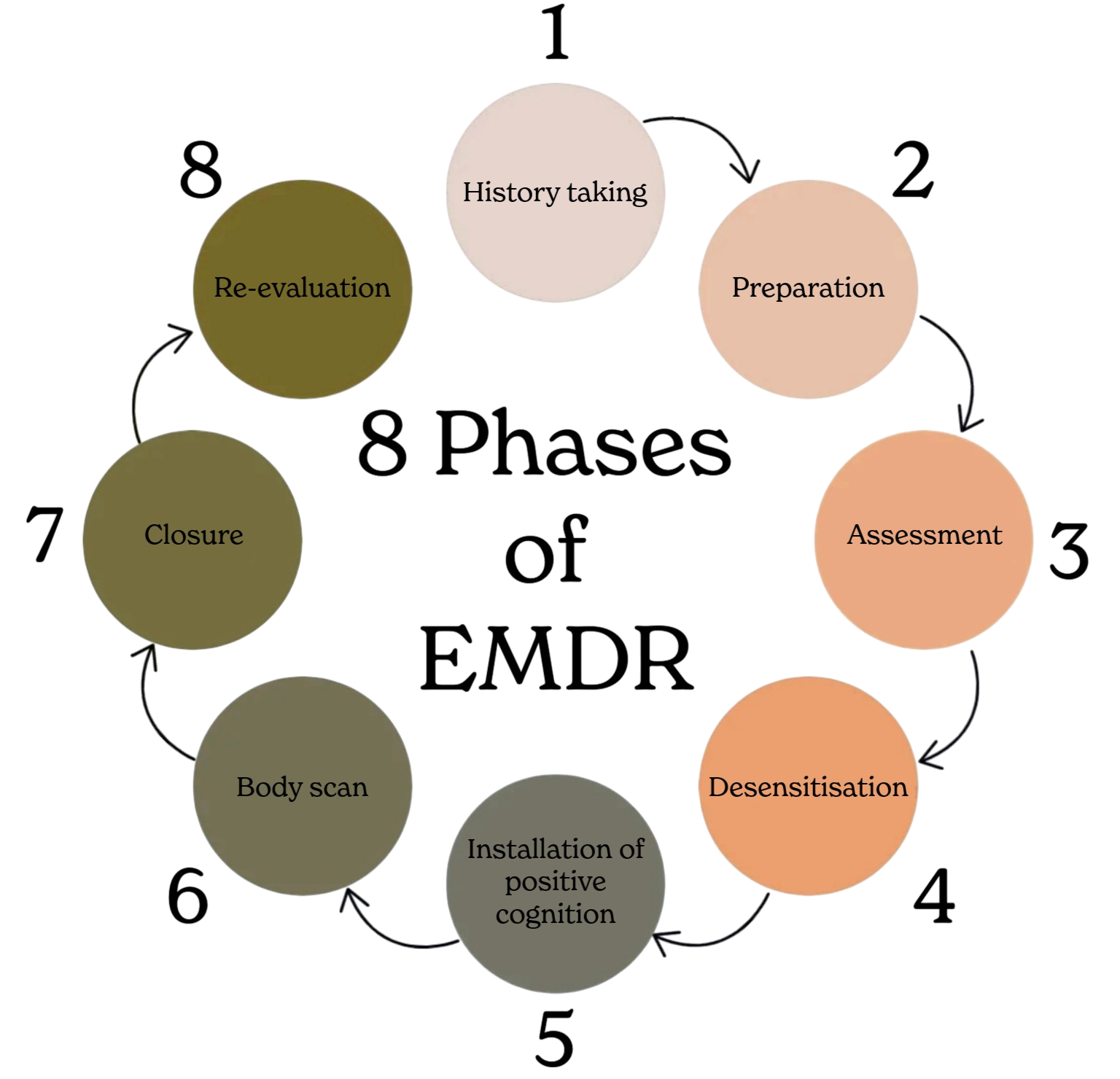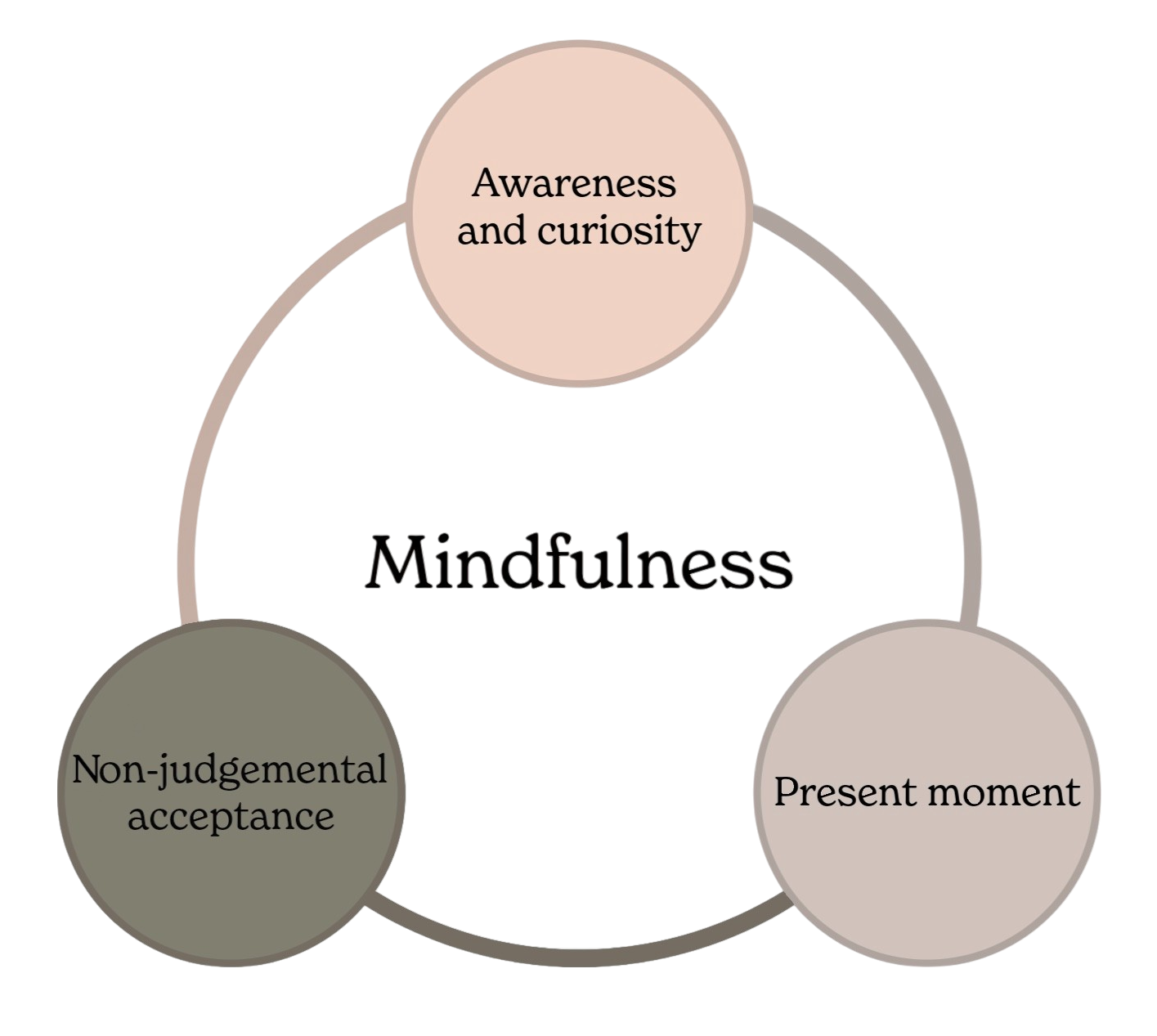Our Services
-
Acceptance and Commitment Therapy
Perhaps you’re struggling with difficult thoughts, overwhelming emotions, or experiences that feel out of your control. ACT therapy invites you to fully accept these inner challenges, without judgment or resistance. Rather than trying to push them away, you’ll learn to embrace them as part of your experience, allowing them to coexist with your values and goals. With the guidance of a therapist, you’ll create space for acceptance, making room for meaningful action and a richer, more fulfilling life.

-
Cognitive Behavioural Therapy
CBT begins with understanding. Perhaps you are experiencing anxiety or managing a persistent low mood. Or perhaps unhelpful patterns are limiting your progress. Whatever the challenge, CBT provides a structured, collaborative approach. Your therapist works with you to identify cognitive and behavioural patterns, develop practical strategies, support meaningful, lasting change and reduce the impact of uncomfortable symptoms.

-
Compassion Focused Therapy
CFT encourages you to approach yourself with kindness and understanding, especially during times of struggle. When self-criticism or emotional pain feels overwhelming, CFT helps you cultivate self-compassion, guiding you to heal from past wounds and develop a nurturing relationship with yourself. With the support of your therapist, you’ll build resilience and embrace your emotional experience with warmth and acceptance.

-
Counselling
Counselling offers you a safe and supportive space to explore your thoughts and emotions, especially during times of confusion, pain, or overwhelm. With the guidance of a compassionate therapist, you begin to understand your inner world, uncovering patterns and experiences that shape how you feel and respond. Counselling helps you heal, grow, and reconnect with yourself, offering clarity, support, and emotional balance along the way.

-
EMDR
Difficult memories can remain lodged within the nervous system, leading to re-experiencing of the distress, whether it’s a physical sensation, upsetting emotion or disturbing thought. EMDR helps you to process through bilateral stimulation With your therapist as an observing guide, you engage your brain’s innate ability to heal, unlocking the nervous system and easing the weight of distressing memories.

-
Mindfulness
It all begins with noticing. Perhaps you observe thoughts racing ahead, or memories pulling you behind. Perhaps you sense emotions rising and falling like waves. Mindfulness invites you to notice it all, without judgment, and gently return to the present. With the support of a guide, you learn to meet each moment with awareness and kindness, allowing clarity, balance, and ease to naturally unfold.

-
Psychosexual Therapy
Psychosexual Therapy helps you address concerns related to sexual health and intimacy in a safe, non-judgmental space. Whether you're facing challenges in communication, desire, or emotional connection, this therapy offers a supportive environment to explore and understand these issues. Working with a therapist, you'll focus on building greater comfort, intimacy, and understanding in your relationships, fostering a healthier and more fulfilling sexual life.

-
Hypnotherapy
Hypnotherapy begins with focus and trust. You may be facing anxiety, habits, low confidence, or simply feeling stuck. Whatever the challenge, hypnotherapy offers a calm, guided approach. It creates space to pause, reflect, and reconnect with your inner resources. Using deep relaxation and focused attention, you and your therapist access the subconscious to uncover limiting patterns and support positive change.


